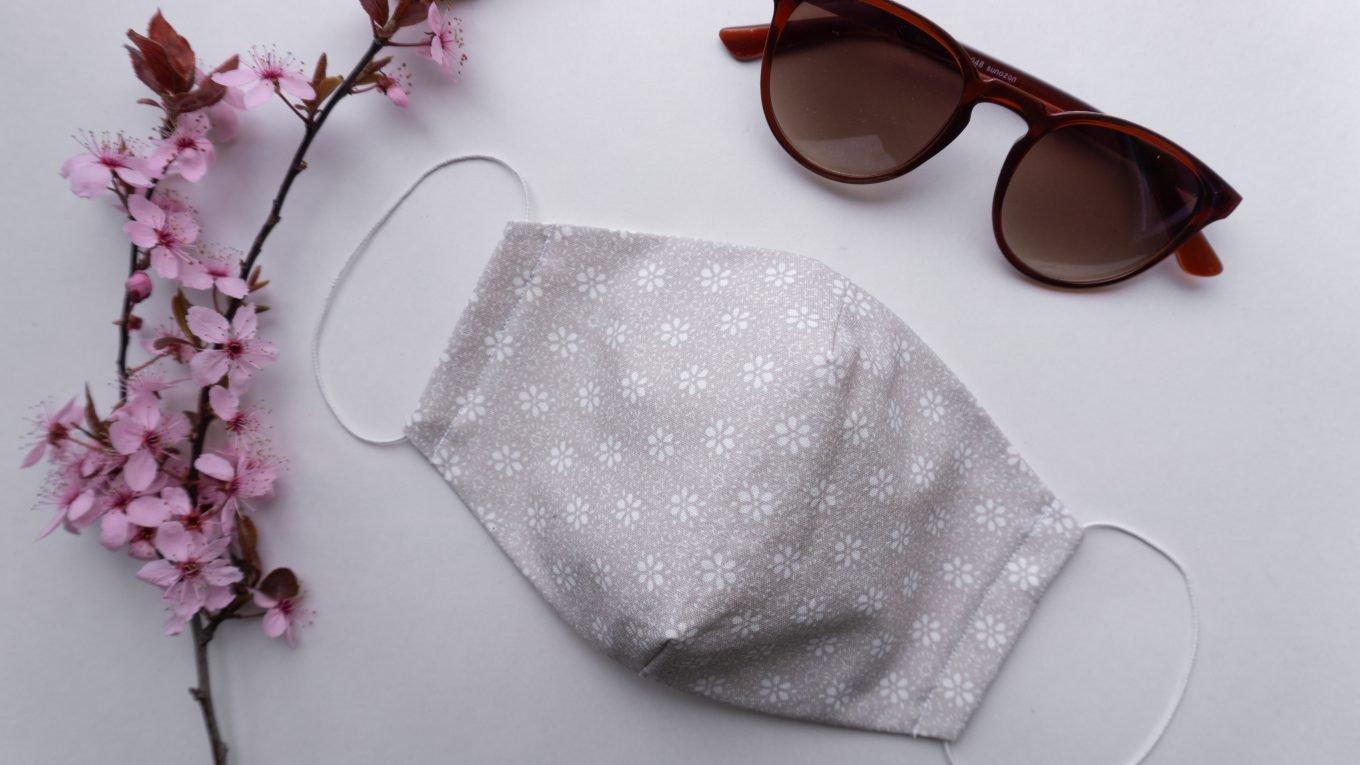What type of face masks offer better protection against Covid-19?
Coronavirus is airborne. It’s transmitted when someone infected with Covid-19 releases the virus through exhaling, singing, talking, sneezing or coughing.
Speed and distance travelled by microorganic particles and droplets
A single sneeze has a potential to release 100,000 droplets containing contagious microorganisms at a speed of 100 miles per hour or 160 km per hour. Coughing may release 3,000 droplets and fetches speed of 50 miles per hour or 80 km per hour.
These droplets have a potential to stay in the air longer than expected or to reach a distance farther than expected. MIT researchers found out that sneezed particles can travel a distance of 27 feet. The nose serves like a launchpad for microorganic missiles. Therefore anyone in such environment faces the risk of inhaling contagious viruses or bacteria.
Because of that face masks became one of the few main tools and shields in the prevention against Covid-19, but they are not all equal when you measure the level of protection from the virus.
Barrier testing for viruses larger and smaller than Covid-19
The material used for the mask affects the virus filtration rate. Davies et al. (2013), did a study of the efficacy of homemade masks versus surgical masks with application of two microorganisms, B atrophaeus and Bacteriophage MS2. The former has a size of 950 to 1250 nanometers, the latter 23 nanometers. For comparison, Covid-19 has a size of 50 nanometers (Siegel 2020).
Davies et al. (2013), applied aerosols (containing the above mentioned microorganisms) on different types of materials and the results showed different levels of filtration efficacy, described in the following plots.


The homemade masks have less filtration efficacy than the surgical masks. Another downside is that the standard deviation of the performance of each material is relatively high. For example for the smaller microorganism Bacteriophage MS2, if you take into account the silk, its standard deviation is 29.49. This high variation means that sometimes the silk’s mean filtration efficacy may be higher, but also much lower than 54.32% which puts you at greater risk.
On the other side of the spectrum, you will notice that the surgical masks have the highest filtration efficiency, but also high consistency proved by the low standard deviation for both microbe types. The vacuum cleaner bag also looks like an attractive alternative to the surgical mask, but the researchers concluded that this material is stiff and causes high-pressure drop which is not practical for breathing and use.
We all know now why is coronavirus such a big deal. It affects our health, it shut down countries, it forced the modern society to take preventive measures that were unimaginable until one year ago, its socio-economic impact is very big.
Concluding thoughts
As a traveler, you may want to protect yourself as much as possible. Hopefully, the results of the study by Davies et al. (2013) provide you a better view of the efficiency of different materials and options. Although alternative masks, bandana fabric and other materials may seem to be a good choice, the numbers are clearly pointing that the surgical masks provide more safety than the other materials used in this experiment.
We at BagsAway, take your safety very seriously and have a number of protocols in place to protect you while you are dropping off your luggage at one of our partner locations. Our partners are now wearing masks and rubber gloves to handle all luggage and avoid unnecessary contact with patrons.
References:
Siegel, E., (2020). Forbes: No, The COVID-19 Coronavirus Is Not Actually Red. [Viewed 2 June 2020]. Available from: https://www.forbes.com/sites/startswithabang/2020/04/15/no-the-covid-19-coronavirus-is-not-actually-red/#45d17d005cbd
Davies et al., (2013). “Testing the Efficacy of Homemade Masks: Would They Protect in an Influenza Pandemic?’’, Disaster Medicine and Public Health Preparedness. [Viewed 2 July 2020]. Available from: https://www.ncbi.nlm.nih.gov/pmc/articles/PMC7108646/
Science Daily, (2019). “Assessing the airborne survival of bacteria in aerosol droplets from coughs and sneezes’’, Science Daily. [Viewed 3 November 2020]. Available from: https://www.sciencedaily.com/releases/2019/01/190122214639.htm
News Break, (2020). “Cough and Sneeze Shields Help Prevent Spread of COVID-19’’, News Break. [Viewed 3 November 2020]. Available from: https://www.newsbreak.com/news/2060470455076/cough-and-sneeze-shields-help-prevent-spread-of-covid-19
Culver, J., (2020). “6 feet enough for social distancing? MIT researcher says droplets carrying coronavirus can travel up to 27 feet’’, USA Today. [Viewed 3 November 2020]. Available from: https://www.usatoday.com/story/news/health/2020/03/30/coronavirus-social-distancing-mit-researcher-lydia-bourouiba-27-feet/5091526002/


